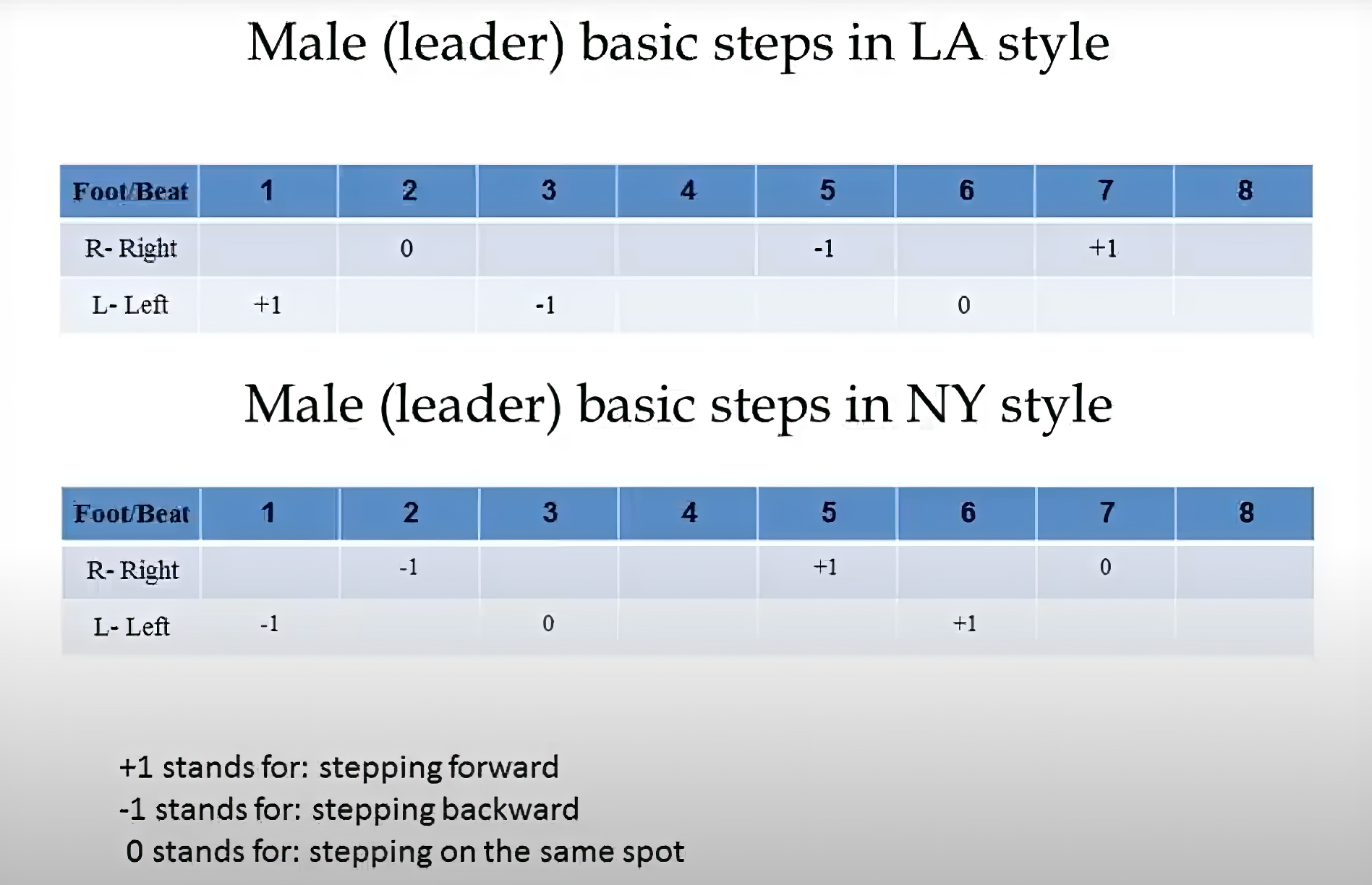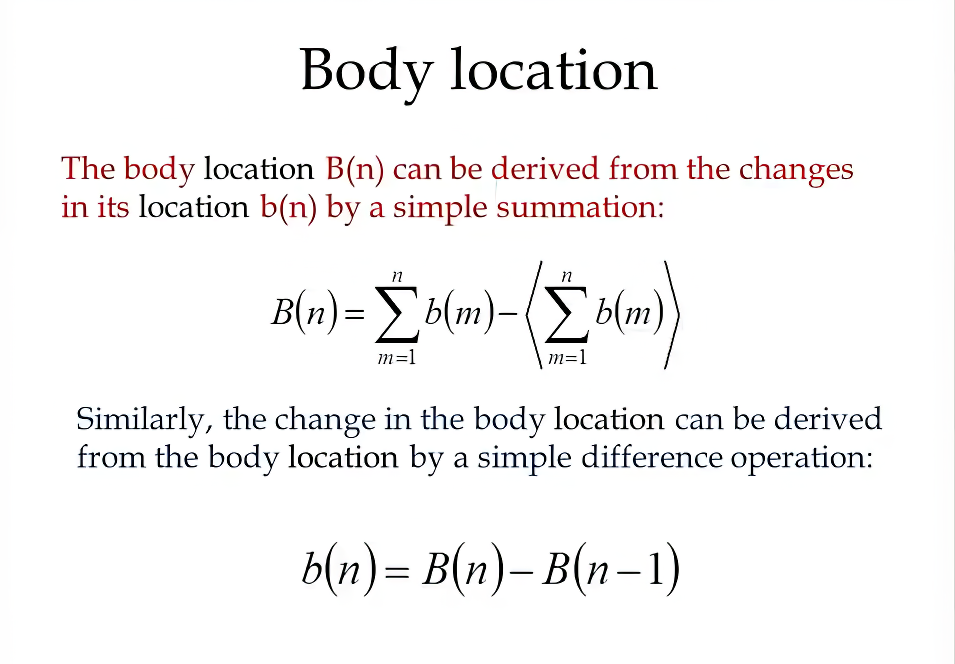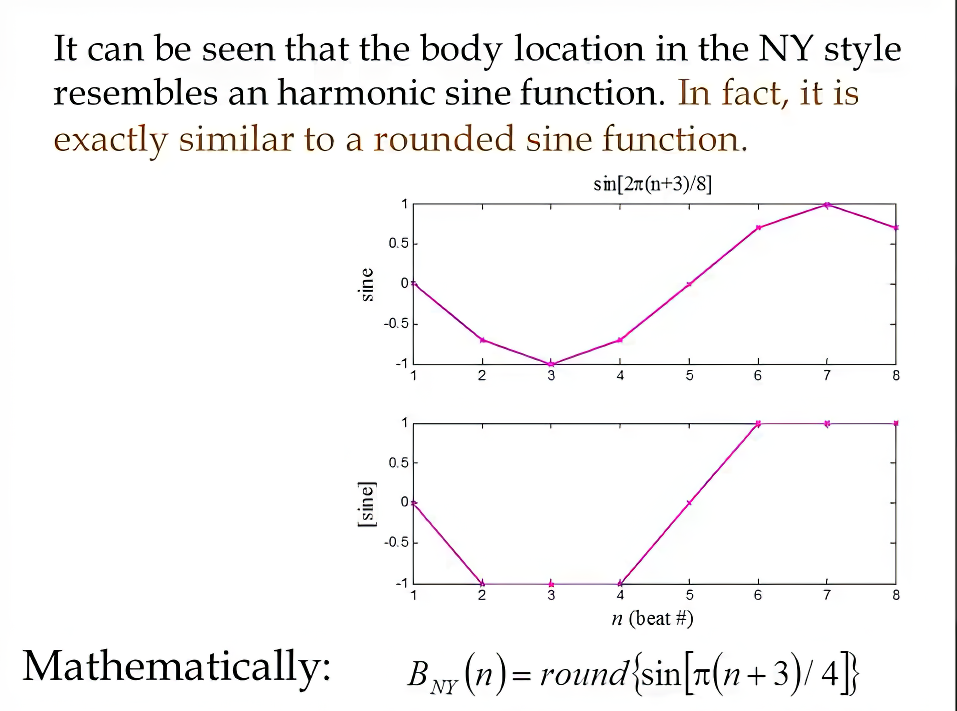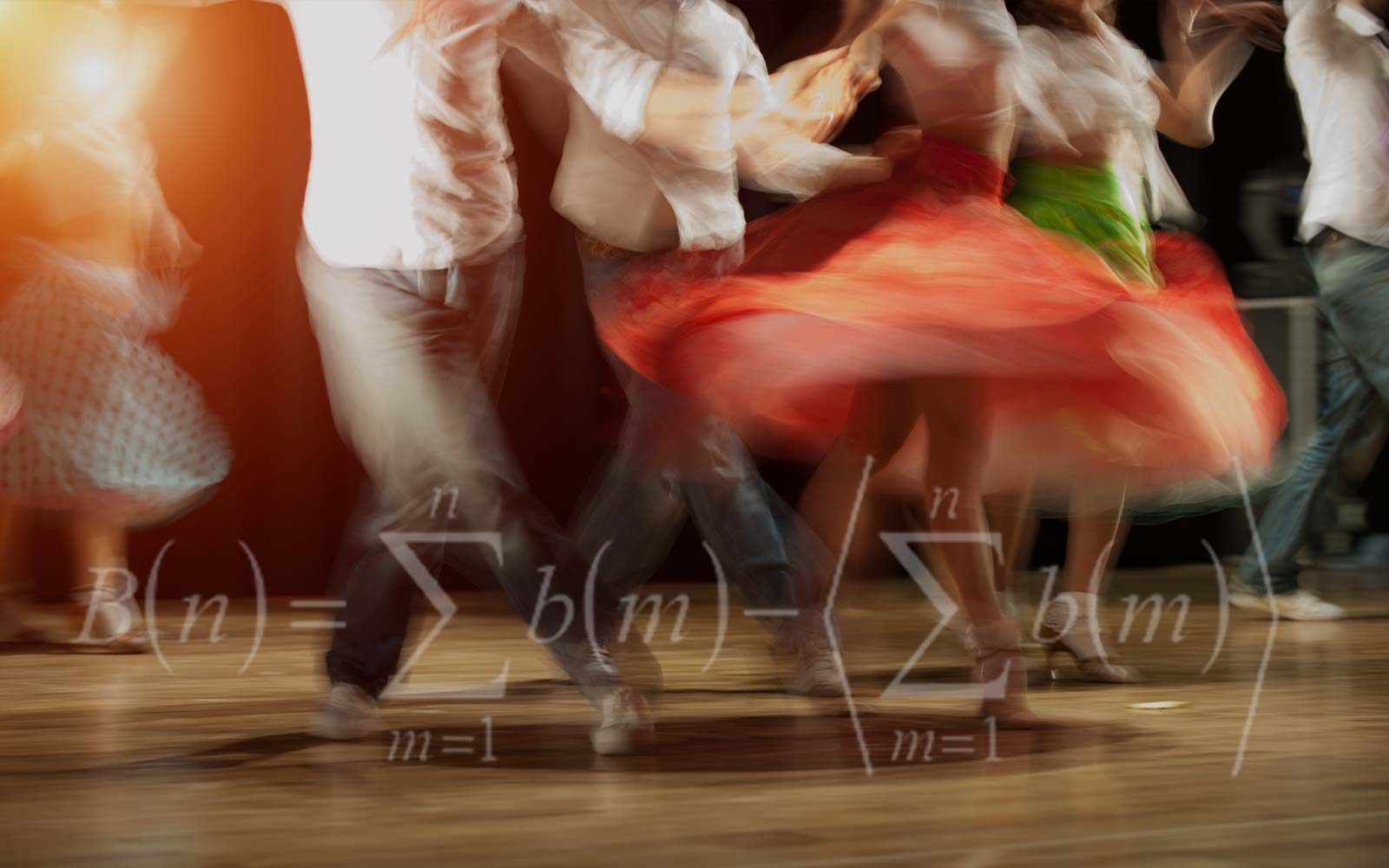When you think of dancing, and perhaps even more so when you think of a dance as organic as Salsa, you usually don’t link it to mathematics.
So I had to chuckle when reviewing the argument by a mathematician that he could prove through math that NY-style Salsa was smoother and more harmonic than LA-style Salsa. He was right though, and it makes perfect sense once you get into it.
There are numerous styles of Salsa, developed because the dance wasn’t codified in the same way as ballroom dances were. Some people prefer LA-style, while others prefer Columbian style, while still others prefer NY-style. They’re all great! The differences can seem minor at first glance, but they are in some ways pretty significant.
Professor Er’el Granot of the University of Samaria demonstrates in a YouTube video how discrete spectral analysis (Discrete Fourier Transform) can be utilized to compare two salsa dance styles. He proves quantitatively that the NY style is smoother and more harmonic than the LA style.
NY Style Salsa was developed first and is danced on beat 2, with the left foot going back first (for the lead). LA Style Salsa came later, and was perhaps influenced by the frenetic pace of Hollywood. It is danced on the 1 beat, with the left foot going forward first (for the lead). You might think that such a small difference would amount to no difference at all in the harmonic quality of the dance, but it actually makes a huge difference.
As it turns out, the timing of the foot movements on the quicks and slow parts, associated with the direction or lack of direction, has a huge impact on the look of the dance.
He starts out by mapping the figures on a chart, where + signifies a step forward and – signifies a step back:

Mapping this out with Discrete Fourier Transform he arrives at this formula:

The result is a harmonic movement that almost perfectly emulates a standard sine wave:

So there you have it. Mathematics proves that some styles of dance are more harmonic than others, even if they seem almost the same. No wonder we marvel so much at the look of a highly skilled dancer compared to someone who is still in the early stages of learning!














